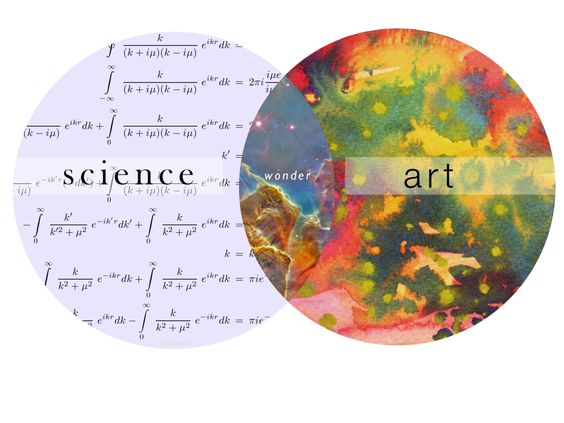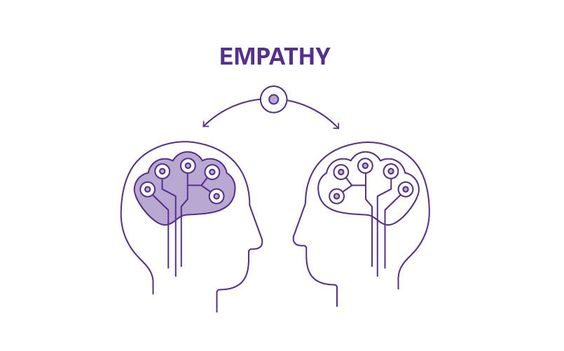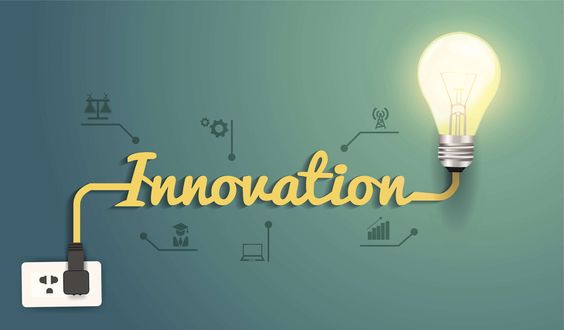In the dynamic world of engineering, design stands as the cornerstone upon which innovation is built. It’s not just about functionality; it’s about creativity, ingenuity, and pushing the boundaries of what’s possible. From the sleek lines of a cutting-edge automobile to the intricate architecture of a towering skyscraper, every engineering marvel begins as a vision in the mind of a designer. In this article, we delve into the fascinating realm where art meets science, exploring the profound impact of design on the engineering landscape.
The Intersection of Art and Science
At its core, design in engineering represents the harmonious convergence of art and science. It marries aesthetic appeal with technical feasibility, blending form and function to create solutions that are both elegant and efficient. Engineers wield a diverse array of tools and methodologies, from computer-aided design (CAD) software to advanced simulation techniques, to translate abstract concepts into tangible reality. Whether it’s optimizing the aerodynamics of a race car or refining the ergonomics of a consumer product, design is the linchpin that bridges imagination and execution.

Innovative Solutions to Complex Challenges
In the ever-evolving field of engineering, design serves as a catalyst for innovation, driving the development of groundbreaking solutions to complex challenges. Whether tackling issues related to sustainability, urbanization, or healthcare, engineers rely on inventive design principles to conceive transformative technologies and systems. Consider, for instance, the rise of sustainable architecture, where designers leverage biophilic design principles and advanced materials to create buildings that not only minimize environmental impact but also enhance occupant well-being. Similarly, in the realm of transportation, the emergence of electric and autonomous vehicles is reshaping the automotive landscape, propelled by visionary design concepts that reimagine the future of mobility.
Human-Centered Design
In an era characterized by rapid technological advancement, the concept of human-centered design has gained prominence as a guiding principle in engineering. This approach places the needs and experiences of end-users at the forefront of the design process, ensuring that solutions are intuitive, accessible, and inclusive. From inclusive design features in consumer electronics to user-friendly interfaces in digital platforms, engineers are harnessing the power of empathy and user feedback to create products and services that enhance quality of life and promote social equity.

Embracing Complexity Through Iterative Design
Engineering design is often a journey of exploration and iteration, characterized by a relentless pursuit of perfection. In an increasingly interconnected world, where systems are intricately intertwined and challenges are multifaceted, designers embrace complexity as an opportunity for innovation. Through iterative design cycles and collaborative interdisciplinary approaches, engineers refine their solutions, continually pushing the envelope of what’s achievable. This iterative mindset is exemplified in fields such as aerospace engineering, where each iteration of aircraft design incorporates lessons learned from previous generations, resulting in ever-improving performance, efficiency, and safety.
As we stand on the precipice of a new era of technological advancement, the role of design in engineering has never been more vital. It’s not merely about creating products; it’s about shaping the future, one innovative design at a time. From the fusion of art and science to the pursuit of innovative solutions and the embrace of complexity, design permeates every facet of the engineering world. As we navigate the challenges and opportunities that lie ahead, let us continue to celebrate the transformative power of design in engineering, driving progress, and shaping a brighter tomorrow.

